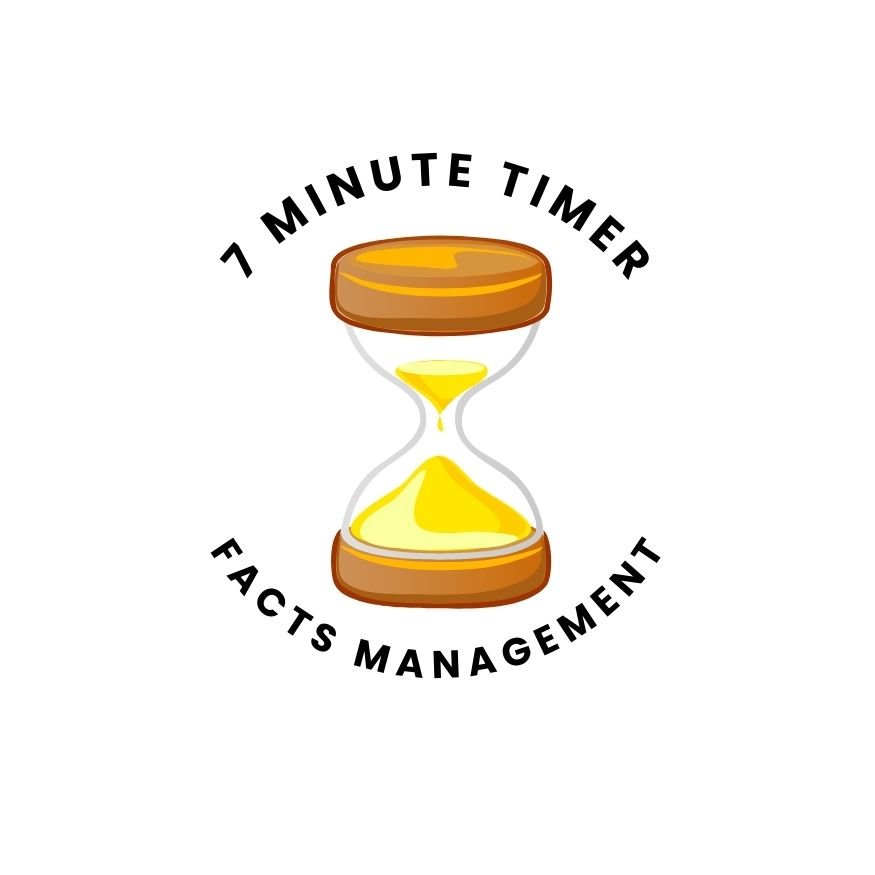Understanding Percentages
Percentages are a fundamental concept in mathematics and everyday life. They are used to express a part of a whole as a fraction of 100. In other words, percentages represent a proportion or a share of something in relation to the whole.
For more information, check out these articles:
For more resources, check out the following links:
Calculating Percentages
To calculate a percentage, you need to divide the part by the whole and then multiply the result by 100. This will give you the percentage value.
What is the Percentage of 1/7?
Now let’s apply this concept to the question at hand: what is the percentage of 1/7?
To find the percentage of 1/7, we need to divide 1 by 7 and then multiply the result by 100.
1 ÷ 7 = 0.14285714285714285
0.14285714285714285 × 100 = 14.285714285714285
Therefore, the percentage of 1/7 is approximately 14.29%.
Understanding Fractions and Percentages
Fractions and percentages are related concepts. Fractions represent a part of a whole, while percentages express that part as a proportion of 100. By converting fractions to percentages, we can easily compare and understand their relative sizes.
Converting Fractions to Percentages
To convert a fraction to a percentage, follow these steps:
- Divide the numerator (the top number) by the denominator (the bottom number) to get a decimal.
- Multiply the decimal by 100 to get the percentage value.
Example: Converting 1/7 to a Percentage
Let’s use the steps outlined above to convert 1/7 to a percentage:
- Divide 1 by 7: 1 ÷ 7 = 0.14285714285714285
- Multiply the decimal by 100: 0.14285714285714285 × 100 = 14.285714285714285
Therefore, 1/7 is equal to approximately 14.29%.
Applications of Percentages
Percentages are used in various real-life situations, such as:
- Calculating discounts and sales prices
- Determining tax rates
- Understanding interest rates
- Comparing statistics and data
- Estimating probabilities
Using Percentages in Problem Solving
Percentages play a crucial role in problem-solving. They allow us to analyze and interpret data, make informed decisions, and solve a wide range of mathematical problems.
When faced with a problem involving percentages, it’s important to understand the context and apply the appropriate mathematical operations to find the solution.
Conclusion
Percentages are a powerful tool for expressing proportions and comparing quantities. They allow us to understand and interpret data in various contexts. In the case of 1/7, the percentage is approximately 14.29%. By understanding the concept of percentages and how to calculate them, we can confidently solve problems and make informed decisions in our daily lives.




